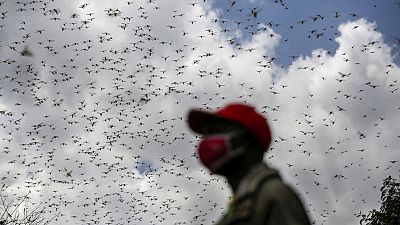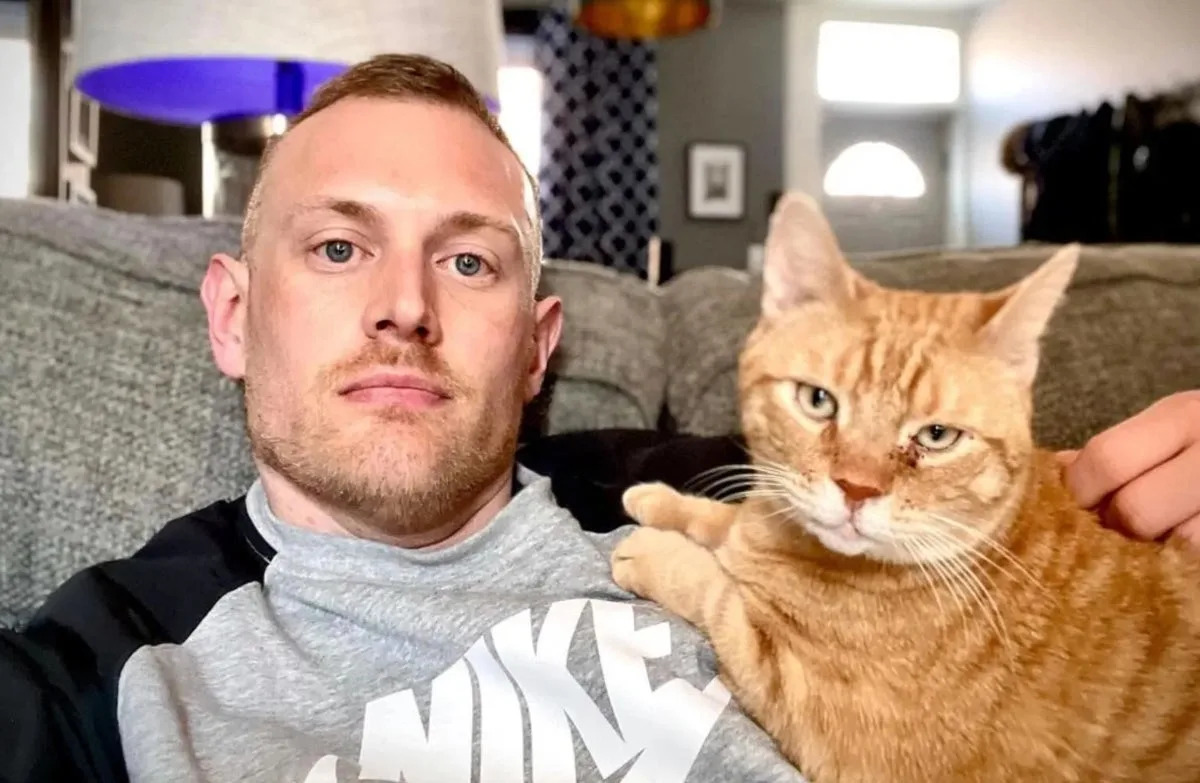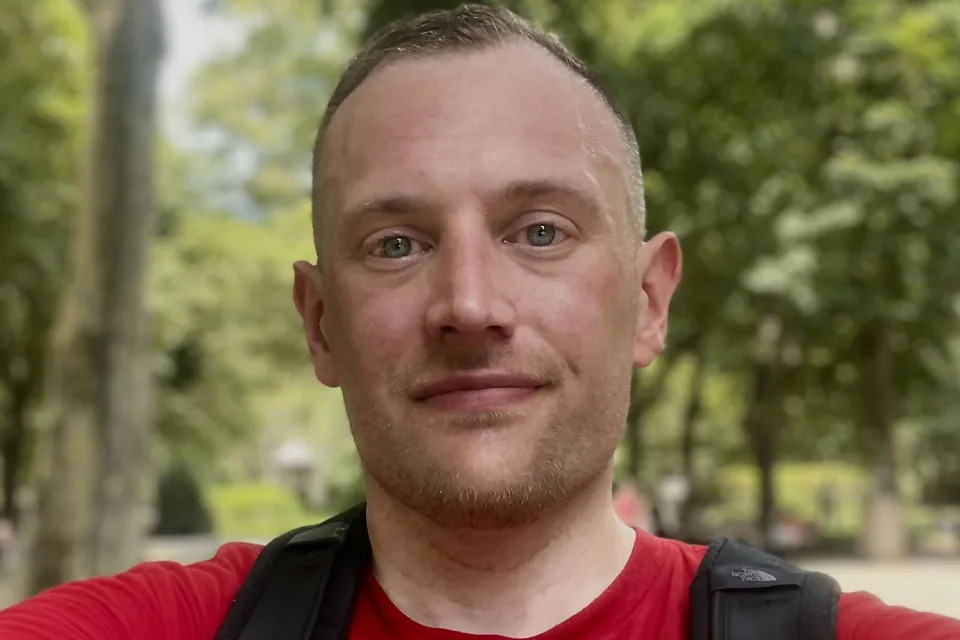UK survey finds “disgust factor” needs to be overcome if eating insects is to become truly mainstream
EUROPEAN ASSOCIATION FOR THE STUDY OF OBESITY
UK survey examines consumer attitudes towards and willingness to consume insect-based foods.
Only 13% of respondents said they would be willing to regularly consume insects, with younger respondents less willing to give insects a try, as were those with higher sensitivity to food disgust.
*Please mention the European Congress on Obesity (ECO 2024, Venice,12-15 May) if using this material*
New research being presented at this year’s European Congress on Obesity (ECO) in Venice, Italy (12-15 May), finds that insect-based foods remain unappealing in the UK, and more needs to be done to change attitudes towards and willingness to consume insects, as a potential avenue for more sustainable food production which could reduce the carbon footprint of UK consumers.
Food production accounts for up to a quarter of all human greenhouse gas emissions. Livestock is a huge contributor to these emissions and researchers and policymakers are trying to develop and promote more sustainable ways to produce protein. One option gaining attention is farming and eating insects, such as crickets, flies, and worms, due to their potential nutritional and environmental advantages over other protein sources.
“Insects are a potentially rich source of protein and micro-nutrients and could help provide a solution to the double burden of obesity and undernutrition”, says lead author Dr Lauren McGale from Edge Hill University, UK. “Some insect proteins, such as ground crickets or freeze-dried mealworms, are cheaper and easier to farm, often lower in fat and have a lower environmental impact than traditional livestock.”
Despite these benefits, people in Western countries rarely eat insects, and many people are disgusted at the thought of insect-based food. Nevertheless, people are happy to eat lobster or crayfish despite their insect-like appearance, so it is possible attitudes could change.
To identify factors which may affect willingness to consume insects and to establish existing experience with insect-based food in the UK, researchers conducted an online survey of 603 UK adults (average age 34 years; 76% female) between 2019 and 2020, recruited using the Prolific recruitment platform—a large database of people from across the UK who have agreed to take part in research.
In the survey, participants were asked about their demographics (e.g., age, gender, ethnicity, and education level) and socioeconomic status as well as their level of concern about the environment.
Respondents were also asked to complete a Food Disgust Scale to measure how disgusting they find certain food-related situations, in order to determine their individual food disgust sensitivity. For example, participants are asked to rate their disgust at less commonly eaten parts of animals (such as organs, jaws, etc.), or their disgust response to food which had gone mouldy or had fallen on the floor.
They were also asked questions about anticipated taste/sensory perceptions, for example, how sweet, savoury, crunchy or slimy they anticipated insects to be in general, and their willingness to consume insects regularly.
The survey reveals that perception’s about insects’ taste or sensory properties were not generally favourable, with participants tending to rate them lower on visual or smell appeal, and anticipating lower levels of enjoyment, liking, or sweetness, and higher levels of savouriness, saltiness, and bitterness [1].
Overall, only 13% of respondents said they would be willing to regularly consume insects, compared to 47% who said they would not be willing, and 40% who responded maybe or that they were unsure.
Younger respondents were less open to consuming insects regularly, with each year younger being associated with a 2% increase in responding ‘no’ when asked if they would be willing to consume insects regularly.
Furthermore, as expected, levels of general food disgust predicted openness to consuming insects, with each point increase on the Food Disgust Scale predicting a 4% increase in saying ‘no’ to consuming insects.
Interestingly, disgust ratings were significantly higher for powdered insects than for whole insects. However, respondents' willingness to consume insects was also significantly higher for powdered insects than for whole insects despite higher levels of disgust.
“The disgust factor associated with eating whole insects could be overcome by incorporating insect flours into processed foods. This has been done successfully with rice products fortified with cricket or locust flours in other parts of the world”, says co-author Dr Maxine Sharps from De Montfort University, UK. “But if insects are to be a mainstream part of the Western diet, the disgust factor is one of most important challenges to be overcome. Afterall, there may be eventually no choice with climate change and projected global population growth.”
COI STATEMENT
LM has no conflicts of interest to declare. However, whilst not in direct receipt of funding, she has previously been paid as a research assistant on projects funded by the American Beverage Association, Cancer Research UK, and WHO. MS has received funding from the British Academy for a project on nudges and plant-based eating.









